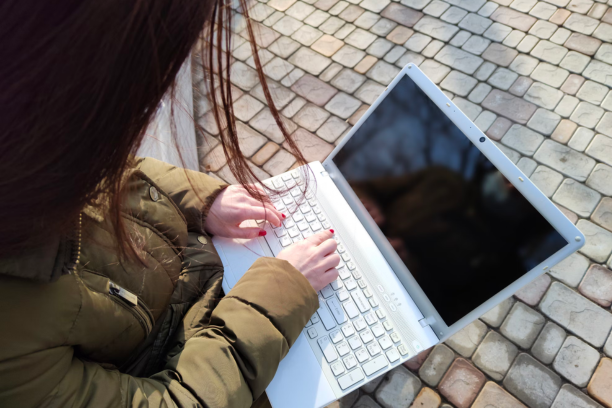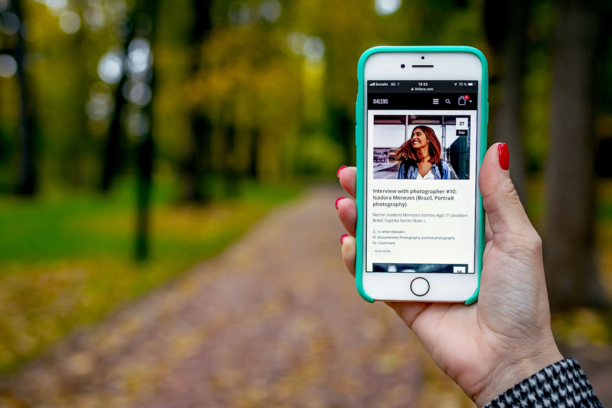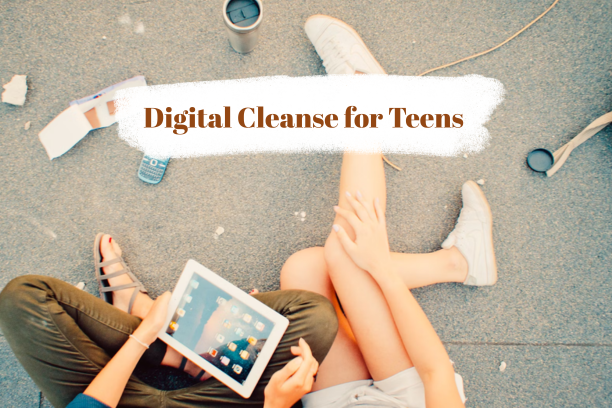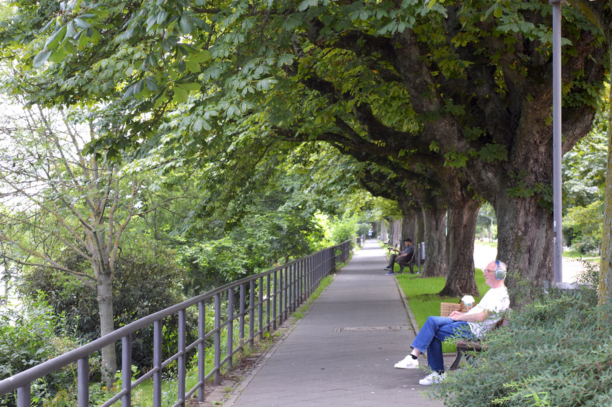The Digital Overload Crisis Among Teens
In the UK, teens now spend an average of 6.3 hours daily on screens, while in the US and Canada, that number often exceeds 7 hours. These figures aren’t just alarming they’re redefining the mental health landscape for adolescents.
Digital cleanse (or digital detox) refers to a temporary or permanent reduction in screen time. For ADHD, anxiety in teens, digital detox, this strategy is gaining recognition as a tool to restore attention, emotional balance, and overall mental well-being.
The ADHD & Anxiety Connection in the Digital Age
Diagnoses of ADHD in teens and generalized anxiety disorder have skyrocketed over the last decade. Experts link this rise to excessive screen time, overstimulation, and constant exposure to social media pressure.
Screens operate on fast dopamine loops, flooding the teen brain with instant gratification. This reduces attention span and impairs emotional regulation especially dangerous for teens already battling ADHD or anxiety.
In fact, a CAMH study found that high screen exposure correlated with a 33% increase in ADHD symptoms and a significant rise in social media anxiety. The NHS and CDC echo similar concerns, noting a decline in sleep, focus, and emotional stability among adolescents with tech overuse.

What Is a Digital Cleanse And How Does It Help?
A digital cleanse can be:
- Full detox: Zero screen exposure for a set time
- Partial cleanse: Restricted screen usage (e.g., no social media or gaming)
Benefits of a digital cleanse include:
- Improved sleep quality
- Boosted mental clarity
- Reduced anxiety symptoms
- Increased emotional regulation
- Better academic performance
Compared to a digital detox (a complete tech fast), a cleanse is more sustainable for teens, especially those with ADHD who thrive on structured, gradual changes.
Real-Life Stories | Teens Who Took the Digital Cleanse Challenge
- Liam (UK, age 15) was struggling with ADHD and low grades. After his school initiated a tech-free weekend challenge, he reported improved focus and better sleep. “It felt like my head was finally quiet,” he said.
- Emily (USA, age 14) joined a 7-day digital cleanse through her school counselor. She replaced screen time with drawing and mindfulness apps. Within a week, her mood swings reduced, and she felt less anxious around peers.
- Noah (Canada, age 16) reduced his gaming hours using the Forest app. His teachers noticed improved class participation. He credits the cleanse with “finally feeling in control.”
Community-led programs like DigitalWellness.org, Calm Schools, and therapy apps are spearheading such initiatives in schools and homes.
Scientific Backing | How Digital Cleanses Impact the Teen Brain
Research shows that reduced screen time allows the prefrontal cortex the brain’s decision-making hub to recover from overstimulation. This area is already underdeveloped in teens, especially those with ADHD.
Digital cleanses restore the brain’s dopamine balance, encouraging delayed gratification and reducing impulsive behavior. This directly eases ADHD symptoms like restlessness and lack of focus.
A study from the American Psychological Association found that teens who engaged in regular screen breaks showed enhanced emotional regulation and improved executive functioning crucial areas affected by ADHD.

Parental Role: Setting Boundaries Without Triggering Rebellion
Parents play a pivotal role. But enforcement without empathy leads to conflict.
Tips for success:
- Model the behavior: Reduce your own screen time
- Create tech-free zones (bedroom, dinner table)
- Use screen time apps (like Opal, Qustodio)
- Build accountability routines: nightly check-ins, shared calendars
UK families often enforce stricter boundaries, while Canadian and US parents lean into tech negotiation. Blending these approaches with consistency is key.
Must read this article ….. Digital Detox That Works for Anxiety & ADHD in 2025
Steps to Start a Digital Cleanse for Teens (Actionable Guide)
- Start small: 1-day cleanse for beginners
- Build up to 7-day or 30-day programs
- Use visual planners or reward systems
Alternatives to screen time:
- Journaling or bullet journaling for ADHD teens
- Outdoor games and nature walks
- DIY crafts or creative writing
- Meditation or guided breathing apps like Headspace
Risks and What to Watch Out For
Digital withdrawal can cause:
- Irritability or boredom
- Social FOMO (fear of missing out)
- Peer pressure backlash
To prevent relapse:
- Set clear but flexible rules
- Join support groups like Mind UK, Teens Talk Canada, or ADAA USA
- Seek professional help if anxiety spikes
Apps and Tools That Support a Healthy Digital Cleanse
Top tools to try:
- Forest – stay focused by growing virtual trees
- Freedom – block distracting websites
- Headspace – for mindfulness and anxiety relief
- Calm – for bedtime stories and relaxation
- Opal – real-time screen tracking and limits
These 7 Days to Reduce Anxiety & Reclaim Focus support ADHD teens in maintaining boundaries.
Conclusion | Why Now Is the Time to Support a Tech Reset
The digital world isn’t going away but how teens interact with it can change for the better. A digital cleanse empowers teens to reclaim focus, reduce anxiety, and thrive beyond the screen.
If you’re a parent or educator in the UK, USA, or Canada, now is the time to start small and stay consistent.
FAQs
What is the best way to start a digital detox for a teen with ADHD?
Users asking this want step-by-step guidance that is realistic, safe, and manageable for ADHD teens.
How long should a digital cleanse last for it to be effective?
Reflects intent to know duration-based impact from short (1-day) to longer cleanses (7 or 30 days).
Can reducing screen time really improve ADHD symptoms?
Searchers are looking for science-backed validation or real-life results to justify the effort.
What are the signs my teen needs a digital cleanse?
This caters to concerned parents unsure if digital overload is the root issue. (Behavioral or emotional red flags.)
Is digital detox the same as screen addiction treatment?
Clarifies confusion around detox vs. clinical treatment for screen or tech overuse.
Which apps help teens limit screen time or stay focused?
User intent here is tool-seeking especially ADHD-friendly or anxiety-reducing apps.




